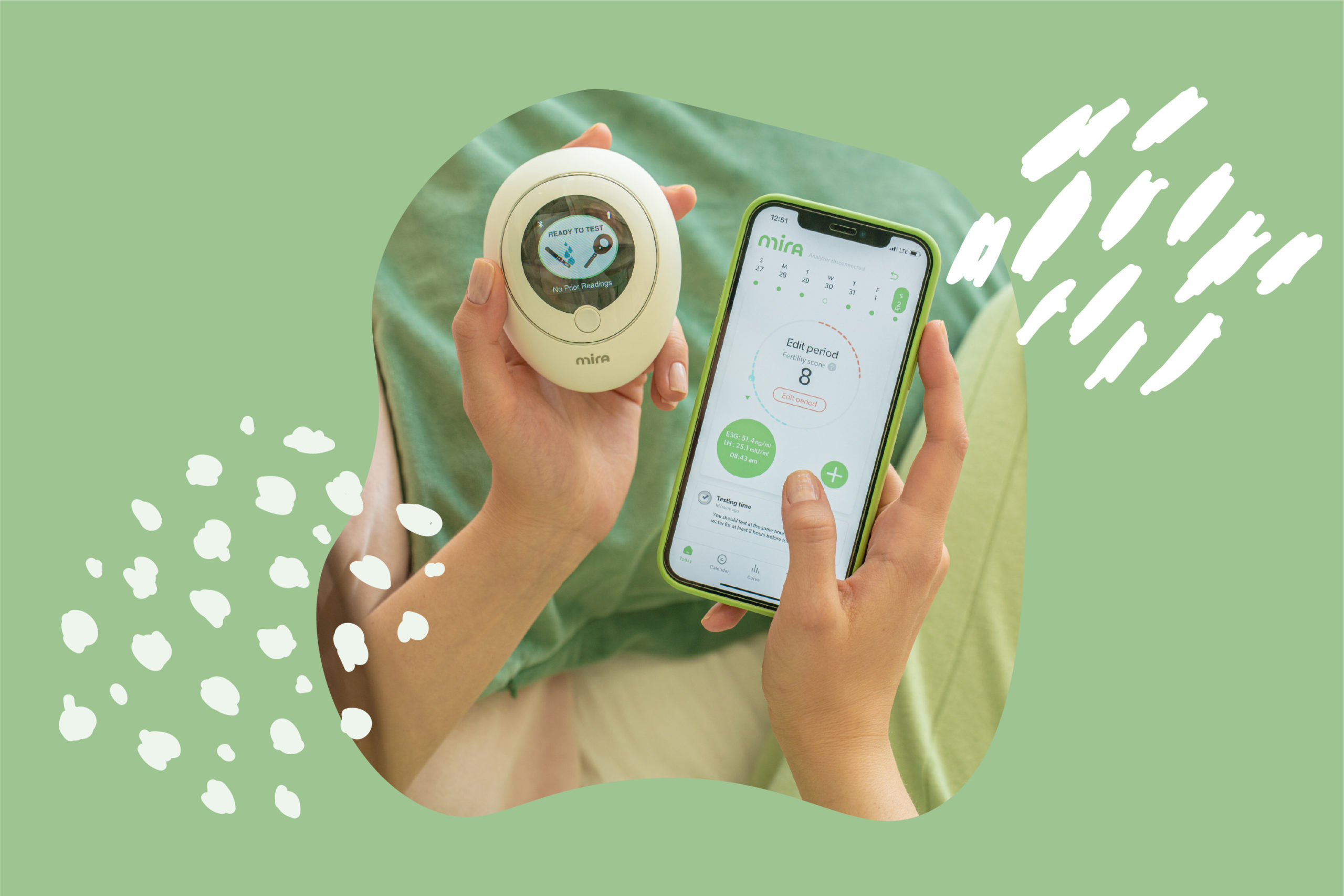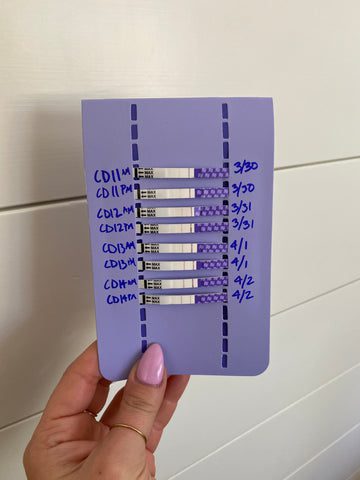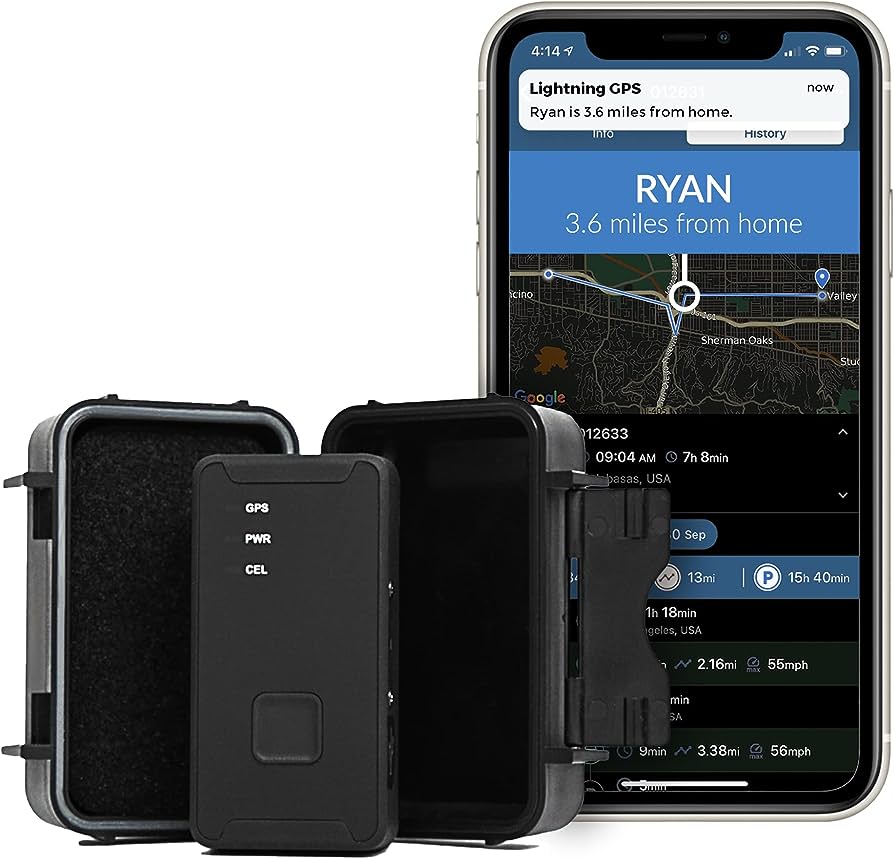To track LH levels, use an ovulation test kit to detect the surge of luteinizing hormone in urine. Tracking LH levels is essential for predicting ovulation and optimizing fertility.
By monitoring these levels, you can identify the best time to conceive and increase your chances of getting pregnant. One effective method to track LH levels is by using an ovulation test kit. This kit detects the surge of luteinizing hormone in your urine, which occurs one to two days before ovulation.
By testing daily, you can pinpoint the most fertile days of your menstrual cycle. This process is straightforward and convenient, providing valuable information for those trying to conceive or simply gain insight into their hormonal patterns.
Understanding The Basics
Discover the essentials of tracking Lh levels effortlessly with our comprehensive guide. Gain valuable insights and ensure accurate monitoring for optimal fertility management.
What Is Lh?
Lh, or luteinizing hormone, is a crucial hormone present in both men and women. It plays a pivotal role in the reproductive system, particularly in women’s menstrual cycles. Understanding what Lh is and how it functions is essential for tracking Lh levels effectively.
Let’s delve deeper into the basics of Lh and its significance in the reproductive process.
Role Of Lh In The Menstrual Cycle
Lh governs the menstrual cycle and is responsible for stimulating ovulation. It works in conjunction with another hormone called follicle-stimulating hormone (FSH), which together regulate the release of an egg from the ovary each month. Here’s a breakdown of Lh’s role in the menstrual cycle:
- Initiates ovulation: Lh triggers the release of a mature egg from the ovary during each menstrual cycle.
- Stimulates the corpus luteum: After the egg is released, the ruptured follicle forms a structure called the corpus luteum. Lh stimulates the corpus luteum to produce progesterone, a hormone vital for preparing the uterus for potential pregnancy.
- Facilitates progesterone release: Lh prompts the corpus luteum to release progesterone, which thickens the uterine lining in readiness for implantation of a fertilized egg.
Tracking Lh levels is crucial for understanding the delicate balance between Lh and other hormones during the menstrual cycle. This tracking can help identify potential issues or optimize fertility efforts.
Importance Of Tracking Lh Levels
Tracking Lh levels provides valuable insights into a woman’s menstrual cycle and fertility status. Here are a few reasons why monitoring Lh levels is important:
- Predicting ovulation: By tracking Lh levels, women can predict when they are most likely to ovulate, enabling them to optimize their chances of conceiving.
- Identifying hormonal imbalances: Fluctuations in Lh levels can indicate hormonal imbalances that may affect fertility. Monitoring Lh can help identify irregularities and assist in seeking appropriate medical intervention.
- Evaluating reproductive health: Consistent tracking of Lh levels allows women to assess the regularity and health of their menstrual cycles, offering indicators of reproductive well-being.
- Assisting fertility treatments: Those undergoing fertility treatments can benefit from tracking Lh levels as it aids in determining the best timing for procedures like intrauterine insemination or in vitro fertilization.
With the understanding of Lh and its role in the menstrual cycle, as well as the importance of tracking Lh levels, individuals can gain valuable knowledge about their fertility and reproductive health. This knowledge empowers them to make informed decisions regarding family planning or seek medical assistance if necessary.
Tracking Methods
Learn how to track Lh levels effectively with proven methods that are easy to understand and implement. Gain valuable insights into your menstrual cycle for better fertility tracking.
If you’re trying to conceive, tracking your luteinizing hormone (LH) levels can help you pinpoint your most fertile days. Here are some effective methods for tracking LH:
Using Ovulation Predictor Kits (Opks):
- OPKs are convenient and easy-to-use tools for tracking LH levels.
- Simply dip the test strip in urine, and it will detect the presence of LH.
- A positive result indicates that ovulation is likely to occur within the next 24-36 hours.
- It’s important to follow the instructions provided with the kit to ensure accurate results.
Charting Basal Body Temperature (Bbt):
- BBT charting involves taking your temperature every morning before getting out of bed.
- Fluctuations in BBT can indicate when ovulation has occurred.
- Tracking your temperature over time can help identify your menstrual cycle patterns.
- A rise in BBT of 0.5 to 1 degree Fahrenheit suggests that ovulation has already taken place.
Monitoring Cervical Mucus:
- Changes in cervical mucus can indicate changes in LH levels.
- Before ovulation, mucus becomes thin, stretchy, and clear, resembling egg whites.
- Tracking these changes can help you identify your fertile window.
- Keep a record of the consistency and color of your cervical mucus daily to observe patterns.
Additional Methods For Tracking Lh:
- Tracking LH levels through blood tests can provide the most accurate results.
- Consult with a healthcare professional for further guidance on this method.
- Some women may experience physical symptoms such as pelvic pain or bloating during ovulation.
- Paying attention to these signs can also help in tracking LH levels.
Remember, tracking LH levels can offer valuable insights into your menstrual cycle and increase your chances of conception. Combine these tracking methods to get a comprehensive understanding of your ovulation pattern. Happy tracking!
Interpreting Lh Results
Interpreting LH results is crucial for tracking LH levels effectively. Understand how to analyze the results and make informed decisions with these practical tips.
Understanding how to interpret Lh (luteinizing hormone) results is crucial for accurate tracking of ovulation. Lh is a hormone produced by the pituitary gland, and its levels surge just before ovulation occurs. By observing changes in Lh levels, you can determine the most fertile time in your menstrual cycle.
Here, we will explore different methods of interpreting Lh results, including reading OPK (ovulation predictor kit) results, identifying patterns in BBT (basal body temperature) charting, analyzing changes in cervical mucus, and combining multiple tracking methods.
Reading Opk Results:
- Use a sensitive OPK that detects lower levels of Lh for more accurate results.
- Start testing around mid-cycle, usually between day 10 to day 20 of your menstrual cycle.
- Read the instructions carefully to ensure you follow the recommended testing times and procedures.
- Pay attention to the test line and control line on the OPK strip.
- Test line: As Lh levels rise, the test line will become darker.
- Control line: This line serves as a reference point to determine if the test is working properly.
- A positive result indicates a surge in Lh and suggests that ovulation will likely occur within the next 24 to 36 hours.
- Timing intercourse shortly after a positive OPK can increase the chances of pregnancy.
Identifying Patterns In Bbt Charting:
- Chart your basal body temperature daily using a specialized BBT thermometer.
- Take your temperature immediately after waking up, before engaging in any physical activity.
- Plot the temperature readings on a graph or use a fertility tracking app.
- Pay attention to the overall pattern of temperature changes throughout your cycle.
- Before ovulation: Basal body temperature tends to be lower.
- After ovulation: Basal body temperature rises and remains elevated until the next menstrual cycle begins.
- A significant drop in temperature followed by a rise indicates that ovulation has likely occurred.
- Monitoring BBT over several cycles allows you to identify a recurring pattern, which can help predict future ovulation.
Analyzing Changes In Cervical Mucus:
- Observe changes in cervical mucus by checking its consistency and appearance.
- At the beginning of the menstrual cycle, cervical mucus is typically dry or sticky.
- As estrogen levels increase, cervical mucus becomes more abundant, clear, and slippery, resembling the consistency of raw egg whites.
- This fertile cervical mucus facilitates the movement of sperm into the uterus and helps in sperm survival.
- The presence of abundant, stretchy, and clear cervical mucus signifies fertile days and impending ovulation.
- Tracking changes in cervical mucus in conjunction with other methods can provide a comprehensive picture of your fertility window.
Combining Multiple Tracking Methods:
- To enhance accuracy, consider combining different tracking methods, such as OPKs, BBT charting, and cervical mucus observation.
- This approach allows you to cross-reference and validate the results from each method.
- When multiple methods align, it strengthens the reliability of identifying your most fertile days.
- Take note of the unique patterns and variations in your cycle to better predict future ovulation.
- Remember that every woman’s cycle is unique, and it may take several months of tracking to understand your individual patterns.
- Consult with a healthcare professional or fertility specialist if you have concerns or difficulties in interpreting your tracking results.
Tracking Lh levels through methods like reading OPK results, identifying patterns in BBT charting, analyzing changes in cervical mucus, and combining multiple tracking methods can empower you with knowledge about your fertility. By interpreting these results accurately, you can increase the chances of conceiving and plan for pregnancy more effectively.
Remember to be patient and consistent in tracking your cycle, and seek professional guidance if needed.
Troubleshooting And Tips
Track LH levels effectively with these troubleshooting and tips. Learn how to monitor hormonal changes for improved fertility and reproductive health.
Common Challenges In Lh Tracking
- Irregular Menstrual Cycles: Women with irregular periods may find it difficult to track Lh levels accurately, as the timing of ovulation can vary. It is important to track your menstrual cycle closely and consult with a healthcare professional for personalized guidance.
- Variation in Lh Surge Duration: The duration of the Lh surge can vary from woman to woman. Some may experience a surge that lasts for only a few hours, while others may have a longer surge. This variation makes it crucial to monitor Lh levels consistently and use multiple ovulation detection methods for better accuracy.
- Fluctuating Lh Levels: Lh levels can fluctuate throughout the day, making it essential to perform Lh tracking at the same time every day. Morning urine samples are generally recommended as they tend to have the highest concentration of Lh.
- Medications and Conditions: Certain medications and medical conditions can affect Lh levels, leading to inaccurate tracking. If you are taking any medication or have a medical condition that may interfere with hormone levels, it is advisable to consult with a healthcare professional.
Tips For Accurate Tracking
- Use a Reliable Ovulation Predictor Kit (OPK): Invest in a good quality OPK that detects Lh levels accurately. Look for kits that provide clear instructions on how to use them and interpret the results correctly. Remember to follow the instructions carefully for the most accurate tracking.
- Track Basal Body Temperature (BBT): Alongside Lh tracking, monitoring your BBT can provide additional information about your ovulation. BBT rises after ovulation, indicating that ovulation has occurred. Combine BBT tracking with Lh tracking to increase your chances of pinpointing your fertile window accurately.
- Monitor Cervical Mucus Changes: Changes in cervical mucus consistency can also indicate your fertile window. Pay attention to changes in the amount, color, and texture of your cervical mucus throughout your menstrual cycle. When your cervical mucus becomes clear, slippery, and stretchy, you are likely to be nearing ovulation.
- Consider Using Smartphone Apps: There are various smartphone apps available that can help you track your menstrual cycle, Lh levels, and other fertility signs conveniently. These apps often use algorithms and data input to predict your fertile window, providing you with valuable insights and reminders.
- Maintain a Healthy Lifestyle: Leading a healthy lifestyle can positively impact your hormonal balance and fertility. Eat a balanced diet, engage in regular exercise, manage stress levels, and get enough sleep. These factors can contribute to more accurate Lh tracking and overall reproductive health.
Consulting A Healthcare Professional
If you experience persistent challenges or have concerns about your Lh tracking process, it is recommended to consult a healthcare professional. They can provide personalized guidance, address any underlying issues, and offer fertility-related tests if necessary. A healthcare professional will help you navigate any difficulties you may encounter and support you on your fertility journey.
Remember, Lh tracking is a helpful tool, but it is always recommended to seek professional advice for a comprehensive understanding of your individual fertility patterns.

Credit: www.miracare.com
Frequently Asked Questions On How To Track Lh Levels
What Should Your Lh Level Be When Ovulating?
Your LH level should be elevated during ovulation.
When Is The Best Time To Take An Lh Test?
You should take an LH test in the morning to get the most accurate results.
How Do You Know When Your Lh Peaks?
The LH peaks are known by observing the rise in LH levels through ovulation predictor kits or blood tests.
How Can I Track Lh Levels At Home?
You can track LH levels at home by using LH test kits that detect the surge in luteinizing hormone (LH) before ovulation. These test kits are similar to pregnancy tests and are easy to use. Simply follow the instructions on the kit and monitor changes in your hormone levels.
Conclusion
To effectively track LH levels, it is crucial to have a good understanding of how the hormone works and its role in the menstrual cycle. By using LH testing kits, women can gain valuable insights into their fertility and ovulation patterns.
Regular monitoring of LH levels can help identify the most fertile days of the menstrual cycle, increasing the chances of conception. Remember to follow the instructions provided with the testing kits for accurate results. Additionally, maintaining a healthy lifestyle, reducing stress, and seeking medical advice when needed are essential for reproductive health.
By implementing these strategies, women can take control of their fertility journey and optimize their chances of achieving pregnancy. Remember, knowledge is power, and by tracking LH levels, women can make informed decisions about their reproductive health.
- What Is the 11 Hour Limit: A Comprehensive Guide - June 7, 2024
- What Happens if You Drive on a Suspended License in Virginia - June 7, 2024
- Wilcox Justice Court Overview: Online Services & Legal Proceedings - June 6, 2024



